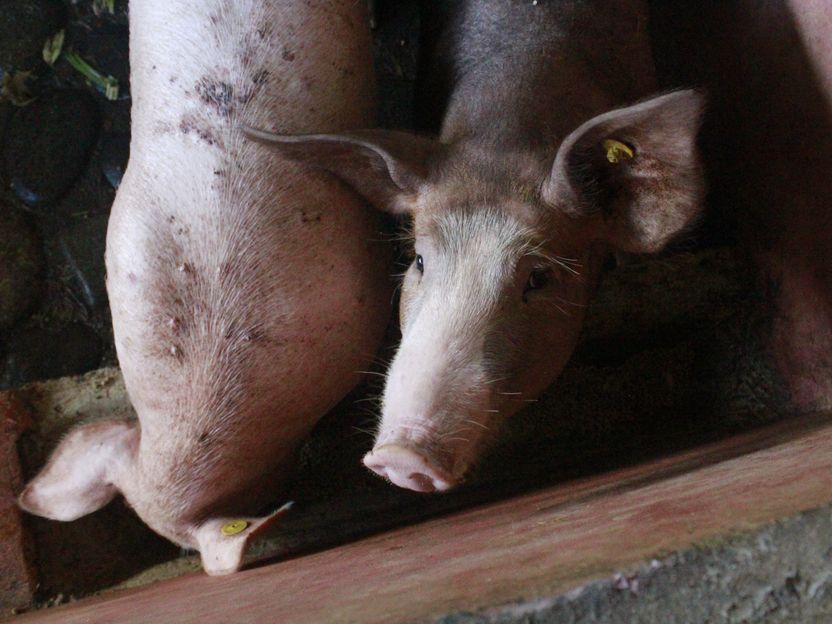PFAS maximum levels in feedstuffs: BfR recommends improved analytical methods
Advertisement
Per- and polyfluoroalkyl substances (PFAS) are industrial chemicals. They are widely used in industrial processes and numerous consumer products, such as paper, textiles, non-stick pans and cosmetics. PFAS are persistent and can be found in the environment, in the food chain and in human blood. In September 2020, the European Food Safety Authority (EFSA) re-evaluated the risk to human health from PFAS in food and established a tolerable weekly intake (TWI) of 4.4 nanograms (ng) per kilogram (kg) body weight per week. Consequently,the European Commission is proposing PFAS maximum levels in foods of animal origin. BfR examined whether compliance with the proposed maximum levels is possible considering background levels of PFAS in feedstuffs. The assessment of the maximum possible PFAS levels in feedstuffs that prevent exceedance of the proposed maximum levels in foods of animal origin shows that the current analytical detection limits in feed should be significantly improved. BfR therefore recommends, as a first step, the development of more sensitive PFAS analytical methods, on which basis PFAS background levels can be estimated from feed monitoring as a pre-requisite for the derivation of maximum levels.

Bild von Kata Santy auf Pixabay
Original publication
Other news from the department business & finance

Get the food & beverage industry in your inbox
By submitting this form you agree that LUMITOS AG will send you the newsletter(s) selected above by email. Your data will not be passed on to third parties. Your data will be stored and processed in accordance with our data protection regulations. LUMITOS may contact you by email for the purpose of advertising or market and opinion surveys. You can revoke your consent at any time without giving reasons to LUMITOS AG, Ernst-Augustin-Str. 2, 12489 Berlin, Germany or by e-mail at revoke@lumitos.com with effect for the future. In addition, each email contains a link to unsubscribe from the corresponding newsletter.


























































